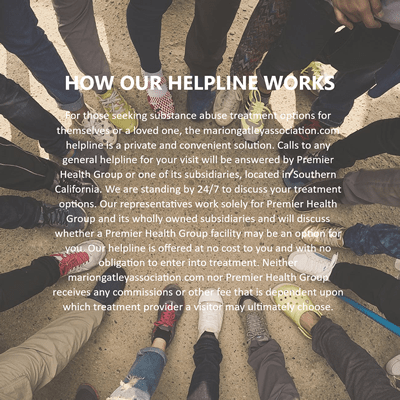What About Yoga?
Yoga has been around for centuries. The earliest practices of yoga are speculated to have begun between the fifth and sixth century in ancient India. There are many different types of yoga practices that are included in Buddhism, Hinduism, and every day modern wellness. Today, we are most familiar with asana yoga which includes the basic stretches and breathing exercises of yoga. The combination of both stretches and breathing can allow for the body to become more flexible, lessen stress and anxiety, improve strength and overall wellness. Yoga began with 84 classic asana yoga poses. As of 2010, experts have identified 900 asana poses and practices.
Yoga and Addiction Treatment
Due to yoga’s calming and rejuvenating effects, it has been a part of recovery programs for those recuperating from addiction to drugs and alcohol. Usually combined with 12 step programs (alternative or religious based), yoga helps clients find a sense of self and balance. Within recovery programs, tapas yoga is a main focus in yoga. Tapas yoga is the burning of impurities through yoga practice. This type of yoga can be relieving, and clients find that it helps stabilize their emotions.
In a documentary by Lindsey Clennell called Addiction, Yoga, and Recovery, clients discuss how yoga, combined with their preferred 12 step program, has helped them find purpose and connection with their own self-being. Yoga helps those who struggle with addiction to monitor their triggers and temptations due to their self-awareness. With the help of therapy, clients are able to reach a point in their recovery that is known as the psychosocial step. Within Clennell’s documentary, the psychosocial step is explained as a spiritual awakening and the desire to practice yoga on a daily basis.
Yoga also includes breathing exercises that can lead into meditation. Meditation, in conjunction with yoga is the training of the mind that allows for clients to acknowledge themselves and their thoughts. In Clennell’s documentary, clients in recovery found that meditation allowed them to find the strength and courage to confront and reconcile with those who had helped them on their journey through recovery.
Where Can I Go For Treatment?
Intervention Drug Rehab Association offers a number of therapeutic treatments for clients. Two of those options are 12 step programs (alternative or religious based) and yoga. Depending on the history and the severity of your dependency on drugs and alcohol, case managers can find a recovery program that suits your situation. Both 12 step programs and yoga can be integrated into your treatment plan and be completed at your own will. Part of recovering from alcohol and drug addiction are setbacks. Having the support system from 12 step programs as well as yoga can build optimism and hope, which are important during more challenging days. If 12 step programs don’t seem like the recovery treatment for you, sympathetic staff members will be available for group therapy or one on one sessions.
Conclusion
Intervention Drug Rehab Association can work with you to set up a recovery program that includes both yoga and 12 step programs (alternative or religious based). Experienced staff members are also available for other means of therapeutic treatment. It all depends on you and what inspires your sobriety. Contact us today, and a case manager can help you start living your life, sober and healthy.



